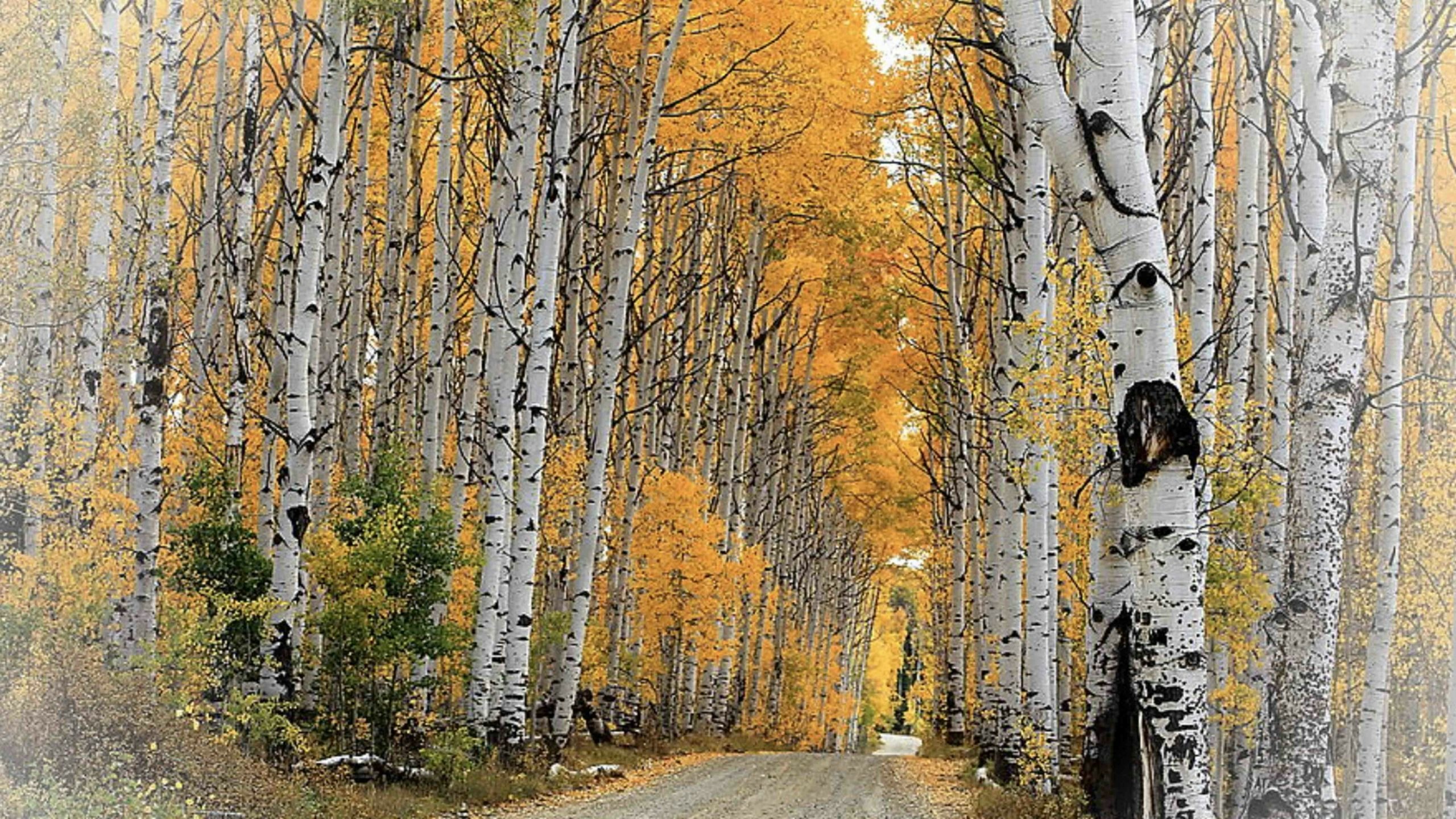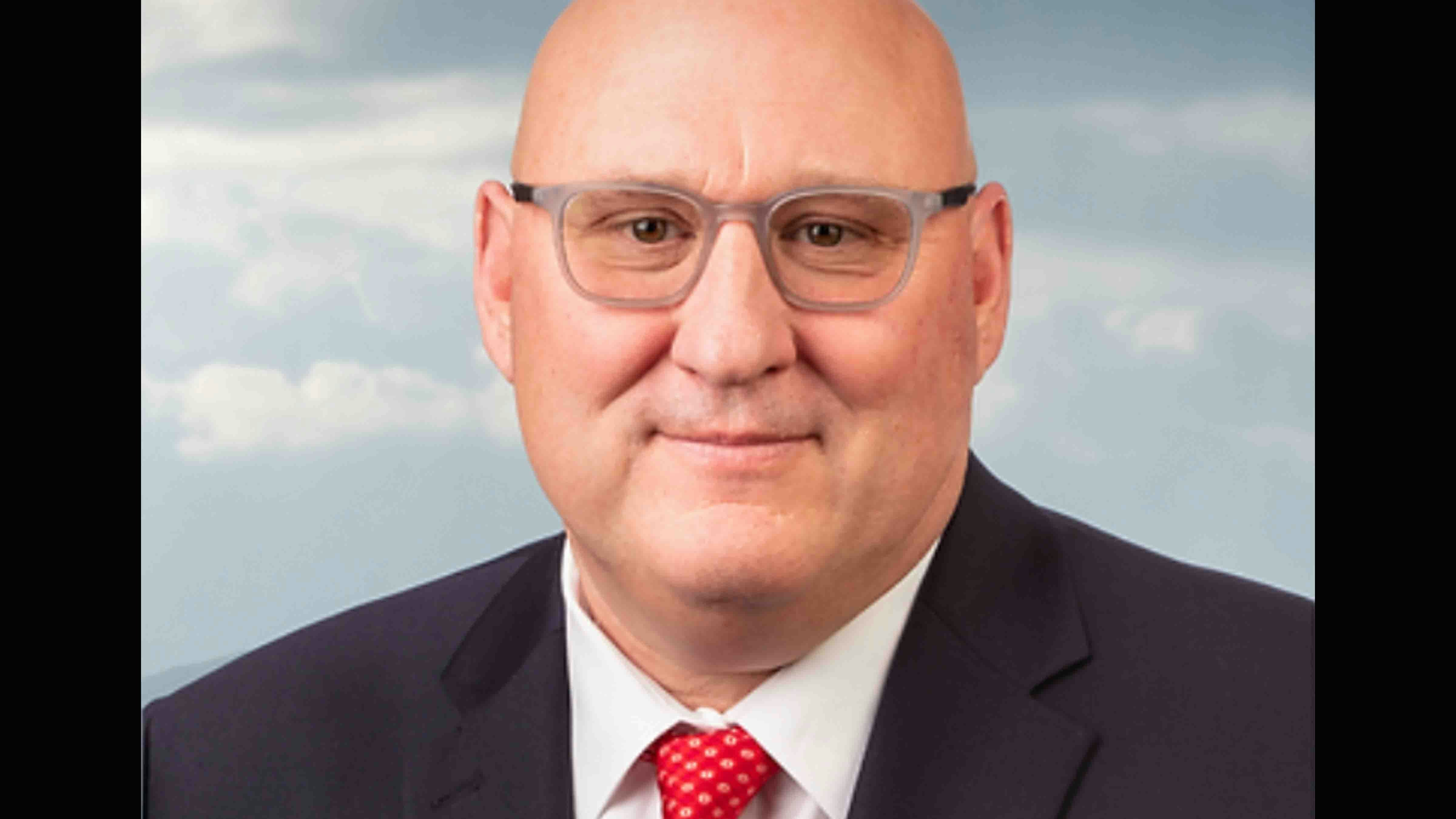By Bill Sniffin, Cowboy State Daily
If you blast through Carbon County on Interstate 80, you begin to think that all there is to see is high desert and the towering Elk Mountain.
But that part of Wyoming offers so much more.
Last week, I fulfilled a bucket list item by driving State Highway 70 over Battle Mountain Pass for the first time. Wow, what a gorgeous trip!

Near the top of the pass, almost 10,000 feet, is a prominent plaque placed where the famous inventor Thomas Edison went fishing and reportedly came up with the idea for filament to use in the invention of the light bulb. It occurred while he was messing with flies during a wonderful fishing trip. That very impressive plaque was mounted on a big brick podium back in 1949 by a statewide historical group. More on that later.
There are massive groves of mature aspen trees all along the way and I kept looking for the famous Aspen Alley. This is a narrow road cut through a mighty grove of aspens that shimmers like gold in the fall. Famed Wyoming photographer Randy Wagner of Cheyenne has the best image I have ever seen of that site.

On this day, I missed it because it is a few miles down WYO 71, which goes north from Battle Mountain Pass all the way to Rawlins. Hopefully next time.
The name Battle Mountain Pass came from a famous fight between Indians and some trappers on Aug 21, 1841. Mountain Man Jim Baker, just 21 at the time, had to lead his men after Captain Henry Frapp was killed. After a six-day fight, the trappers left. However the formerly named Bastion Mountain has been re-named Battle Mountain for the past 178 years. Baker went on to become one of the more famous mountain men exploring Wyoming mountain ranges.
To get to this famous pass, we drove south from Interstate 80 to Saratoga and briefly visited with Joe Glode. He is an extraordinary community leader for that area. We were going to eat some of the best prime rib in Wyoming at Doug and Kathleen Campbell’s Wolf Hotel, but they were not open yet. We had to get to our granddaughter’s wedding celebration in Montrose, Colorado, so we soldiered on.
After passing through the beautiful towns of Encampment and Riverside, we climbed up the Sierra Madre Mountains. I can only imagine how that area must look in the fall. All those aspen trees must make the place look like it is on fire.
Cody’s Rev. Warren Murphy’s first assignment was Dixon and Baggs. He writes about the area: “Route 70 is indeed one of the most amazing and unknown highways in the state. Especially in mid- September when the golden aspen leaves fall. They cover the highway and when driving along you are riding on a carpet of gold. There is so little traffic. Aspen Alley is a unique piece of ground but sadly the alley trees are aging out. However, the young ones are growing fast.”
John Davis of Worland tells this story about his early experience on Battle Pass: “When I was first married, Celia and traveled to the Sierra Madres to hunt deer. We didn’t get any deer, but proceeded toward Baggs and Savery. Celia got worried about the amount of gas we had, but I wasn’t worried, because most Chevrolet vehicles (we were traveling in a 1955 Chevrolet sedan) still had 5 gallons when showing empty.
“Well, this one didn’t, and just before the pass, it coughed and died. We caught a ride down the mountain, got some gas, returned to the vehicle, and proceeded home.


“But this incident had long term consequences. Ever since, Celia gets nervous whenever the gas gauge in one of our cars is just a little past half full. We never again ran out of gas as we did on Battle Mountain Pass, but I’ve heard complaints about getting gas about a hundred times since.”
After enjoying the beauty of the aspen-covered pass, Nancy and I started our way down the mountain. We drove through Savery and Dixon, two pleasant little towns.
My friend radio station owner Joe Kenney said his dad grew up in Encampment and his mom, Maudie Lake, grew up in Savery. He recalls visiting those towns as a little kid and marveling at how high the snow was. When I asked him how his dad and mom got together, since the highway was closed all winter, he said, “they always met up in Rawlins.”
I grew up in a very small town and these towns reminded me of home. My wife calls these little towns “peek and plumb towns.” She says, “you peek around the corner and you’re plumb out of town!”
I always said my hometown was so small that both “resume speed” signs are on the same post, just on opposite sides.
Growing up in my little town, we had a public restroom, which was an outhouse. The toilet tissue consisted of the town’s yellow pages. Unfortunately, the yellow pages only consisted of one page.
We always like getting to Baggs. This is a pretty little town with a great museum along the Little Snake River. Again, the roads north and south of Baggs go through high desert country, which lack scenery. But Baggs area residents have a lot of fun places to visit in their little bit of heaven.

Rocky’s Quick Stop is a wonderful convenience store which has a fine restaurant attached to it at the north edge of Baggs.
We should mention that our trip to Montrose was hot, hot, hot. We chatted with Zane Bennett of Powell at the motel in Montrose and he said he drove his motorcycle through a hailstorm south of Green River.
Oh yes, about Thomas Edison and how he discovered filament for light bulbs.
Historian and author Phil Roberts of Laramie says the story is a wonderful tale but is just not true. Edison was just 31 but already a famous inventor during his visit to Wyoming.


He joined a group that traveled to Wyoming by train in 1878 to watch a total eclipse of the sun. Edison had a device that he wanted to use to measure temperatures during an eclipse, which did not work at all.
Edison had a great trip, killing elk and deer. Reportedly his fishing party caught 3,000 trout.
He returned to Menlo Park, New Jersey, rested and ready to invent. After experimenting with 6,000 different materials, he was able to get a filament to work in his light bulb.





